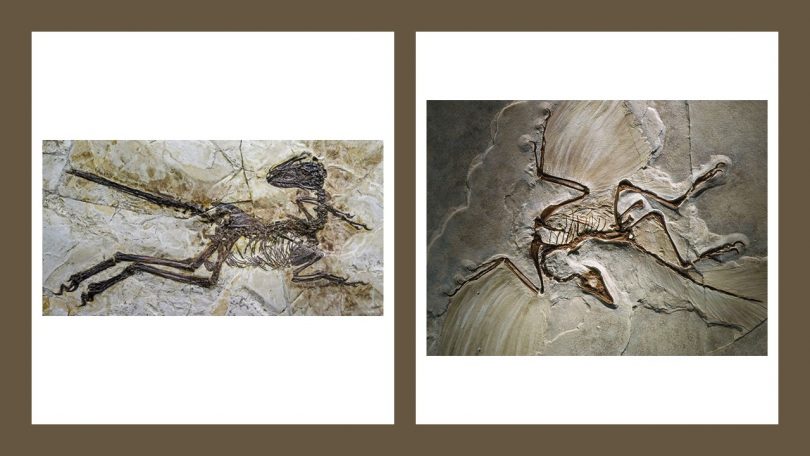WHERE EVIDENCE IS FOUND LACKING, NARRATIVES ARE FOUND IN ABUNDANCE
Evolution has been taught to every man, woman, and child since grade school as a factual reality. Therefore, evolution has been well established in the classroom, in textbooks, and in universities worldwide for many decades. Evolution is supported by stunning diagrams, drawings, and seeming objective scientific measurements. The scientific consensus is evolution is factual, and most all fields are pursued within such a context. Ultimately, conclusions are therefore drawn based on pure scientific evidence–right? Well- sometimes.
In reality, at least some scientific evidence is used to support the many thousands of conclusions made by evolution. Evolution as an observable mechanism of variation within the same species (during reproduction) clearly is factual. We can use dogs to illustrate this reality– all descended from the original canine of the Grey Wolf.
By contrast, to state that evolution is the mechanism that drives the variety we find in all species caused by a transmutation (macro-evolution) from bacteria to humankind is not factual but is a narrative based on many assumptions. This statement actually asserts the opposite of what is scientifically supported. It states what we do not observe. The statement is actually scientifically false. Such claims made by evolution are numerous. Each one stands in many cases contrary to observable scientific evidence.
The acceptance of such narratives are driven not by science but is based on worldviews. These narratives require the suspension of common sense because we are assured that these events which have never been observed are nonetheless factual. Therefore, we are expected to violate our own intuition and accept that scientific facts exist that are the opposite of what we observe in the world around us each day. This serves as a form of bait and switch– The bait is observable changes caused by reproduction have given us the varieties of dogs and all species. The switch is applying this reason as common ancestry of all living creatures resulted from these observations.
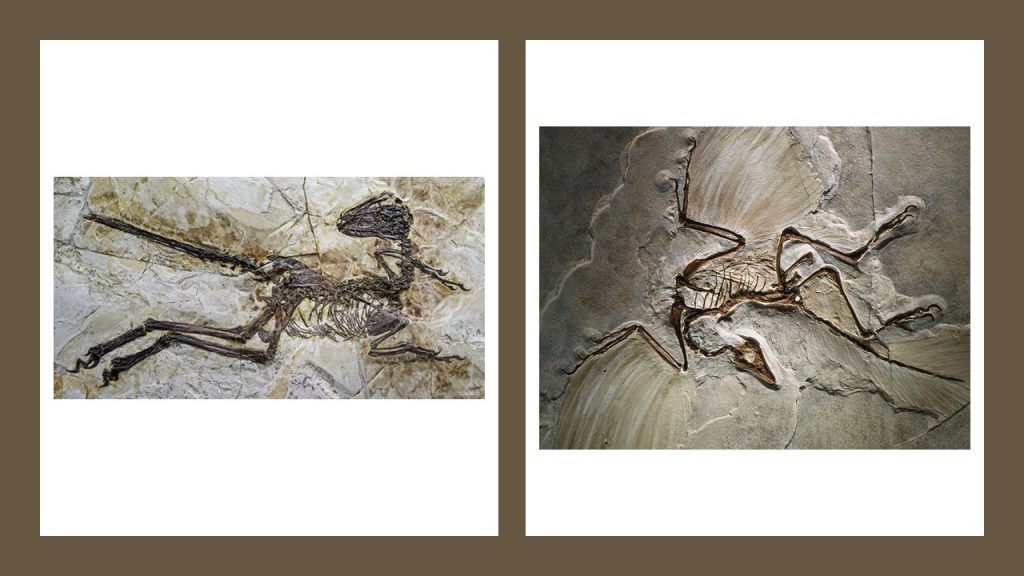
As an illustration, consider fossil layers that contain the remains of a dinosaur and other remains of a bird or bird-like feathered flyer. These fossils scientifically establish that a once-living dinosaur is in a lower layer than the bird. Science can conclude factually that both living organisms died in the past and became fossilized as discovered today. The dinosaur is older than the bird because it is in a lower and older layer. However, this evidence does not establish, regardless of how similar the dinosaur and bird fossils may physically appear, that the bird trans-mutated or evolved from the extinct dinosaur. Really, such conclusions cannot be drawn from any fossils. Such conclusions that birds evolved from dinosaurs are clearly opinionated narratives and are not purely determined by scientific fact. But because the narrative supports evolution’s worldview, it is repeatedly regarded as “factual.”
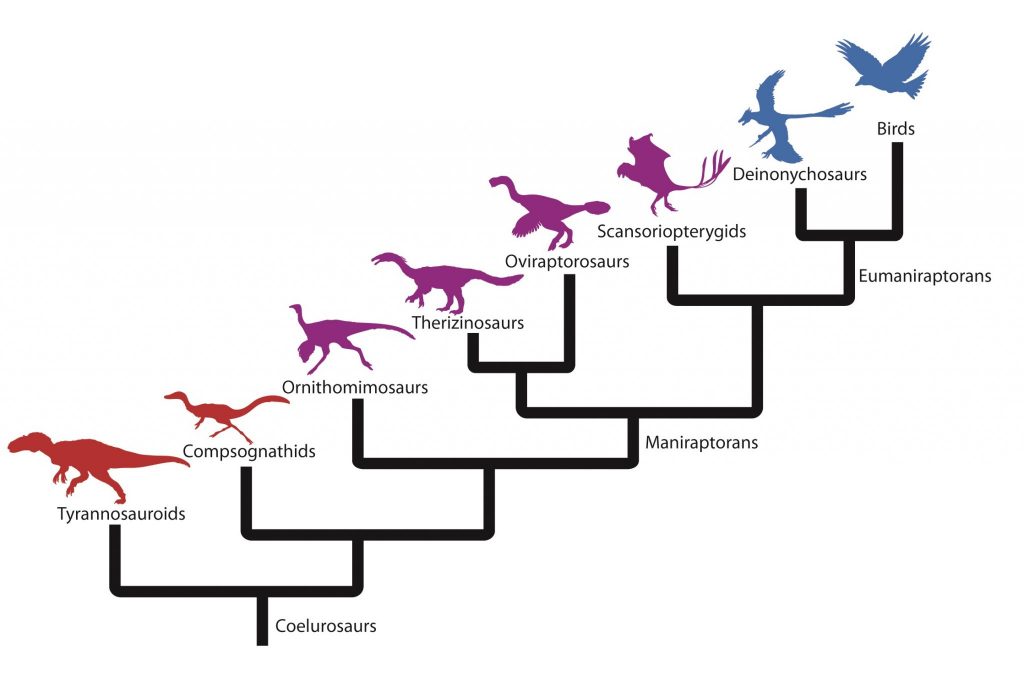
We find that as direct observable scientific facts become increasingly less clear, more conjecture and narrative are used to fill in the gaps. Real scientific facts are straightforward to identify, establish, and explain. Consider gravity as such an example. We can toss a baseball into the air and see that what goes up must come down while on earth. We can identify, establish, and explain that this effect is caused by gravity. Gravity is an indisputable fact– details can be debated as to causes, but gravity is factual. Secondly, consider water boiling at 212 degrees (at sea level). To identify, establish, and explain this reality, obtain a thermometer, a burner, and a pot of water. This scientific fact is easy to replicate. Really, most any scientific fact should be conceptually as easy to identify, establish, and explain. As a contrast, let’s now consider abiogenesis as an example of an opinion or a narrative.

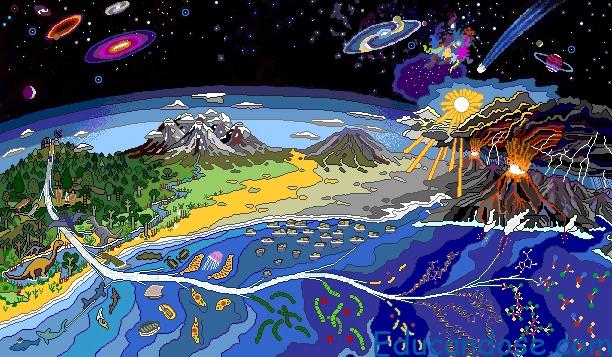
from the origin of matter at the Big Bang to the abiogenesis of life from chemicals
First, “the idea that” or “proposes.” These terms clarify in advance that the entire statement regarding abiogenesis or other evolutionary conclusions is a proposition and not a scientific fact. Such terms abound in evolutionary narratives such as it seems; In our view; In my experience; As far as we understand; It is claimed; we cannot deny that; we imagine that; we think/believe/suppose; we reason; we are sure/certain/convinced; consensus has reasoned; we find; must have…

Second, “life arose from non-life.” This statement has never been observed and actually offers no observable evidence whatsoever. Theories abound from amino acids and proteins to deep-sea vents to RNA first. These are all wild conjecture because they are contrary to observable scientific realities and evidence. This violates our common sense because it has never been observed– not ever.
Third, “more than 3.5 billion years ago“. This statement is based on at least some scientific evidence from radiometric dating. However, the date of the earth’s formation and the subsequent timing of the emergence of first life is obviously quite a leap. Radiometric dating is based on many other assumptions and narratives that support the evolutionary construct but only with many subjective assumptions by the researcher.

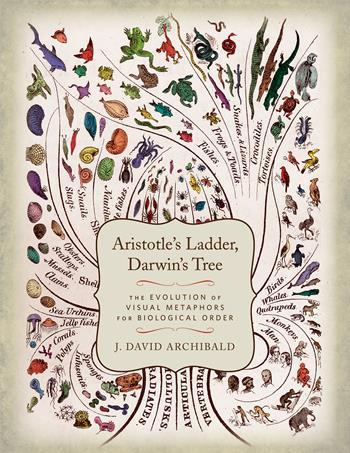
Forth, “first life-forms…were very simple“. This narrative assumes all living organisms’ common ancestry, which can be drawn by genetic similarities (DNA). It also ignores the massive problem of genetics emerging with or before such original life forms. While the existence of a universal genetic language has been discovered, its existence does nothing to translate even the most basic life forms as “simple.”
Fifth, “through a gradual process.” This narrative presumes that the process is not observable in the present, so it must have happened so slowly we cannot even see it. This is true. We have never seen any living organism transmutate into a new life form. The fossil record is the only evidence that can illustrate the supposed distant past. It is filled with organisms that remain largely in stasis: alive at the family level into the modern day with little to no physiological changes that evolution predicts.
Sixth, “became increasingly complex.” A narrative takes all the prior assumptions and logic and concludes that simple forms became more complex through natural processes. Again, not based on any observable science but based on the conjecture of the gradual process above. This process is explained by lining up bones, genetics, or by using artistic drawings in textbooks. It is a worldview and certainly not even touching on anything factual, but assumption may or may not be correct.
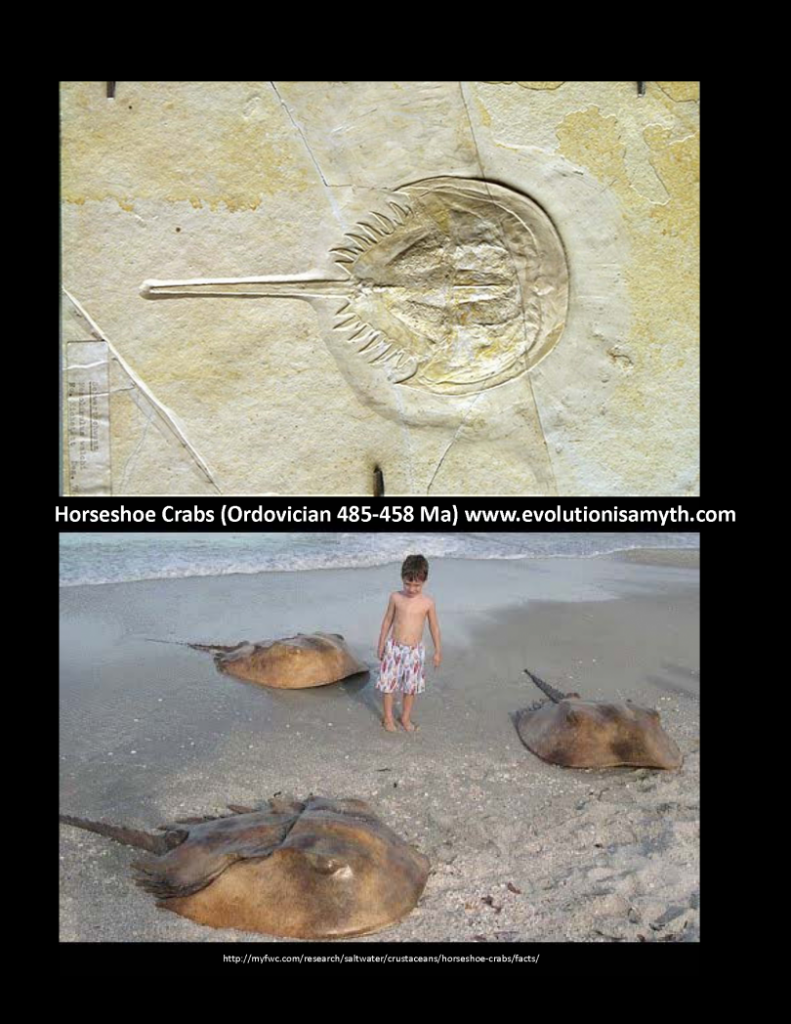
Yet, the horseshoe crabs’ body type remains in stasis essentially identical today to fossil evidence.

